Closer to the Other:
Fostering Prosocial Intergroup Interactions Through Neuromarketing and Sensory Branding
Captivated by the ways in which branding advertising routinely profit from our daily behaviors by intentionally crafting our experiences, I explored the potential of an alternative use for such strategies; one that prioritized social – over capital – gain. I wrote a comprehensive dissertation rooted on the notion of cross-modal correlation examining the potential of neuromarketing and sensory branding for a kinder world.
But, what am I creating?
I outlined my goal as a written work – similar to a book – that made a case for potential uses of neuromarketing and sensory branding techniques to foster kinder interpersonal interactions. The piece was to be written for a mixed audience of marketers and neuroscientists and thus, should make dense, scientific concepts easy to understand, and yet, maintain academic rigor.
Process
Research:
To begin, I used Kristin Luker's bedraggled daisy exercise to inform how to best perform a review of the literature.
Unsurprisingly, incorporating roughly 150 sources became pretty difficult, so (per a colleagues suggestion) I created various annotated bibliographies by chapter and key terms.
Writing:
I took inspiration from popular neuromarketing books like Brainfluence and Brandwashed and intentionally used friendly language, examples, and images to guide the reader.
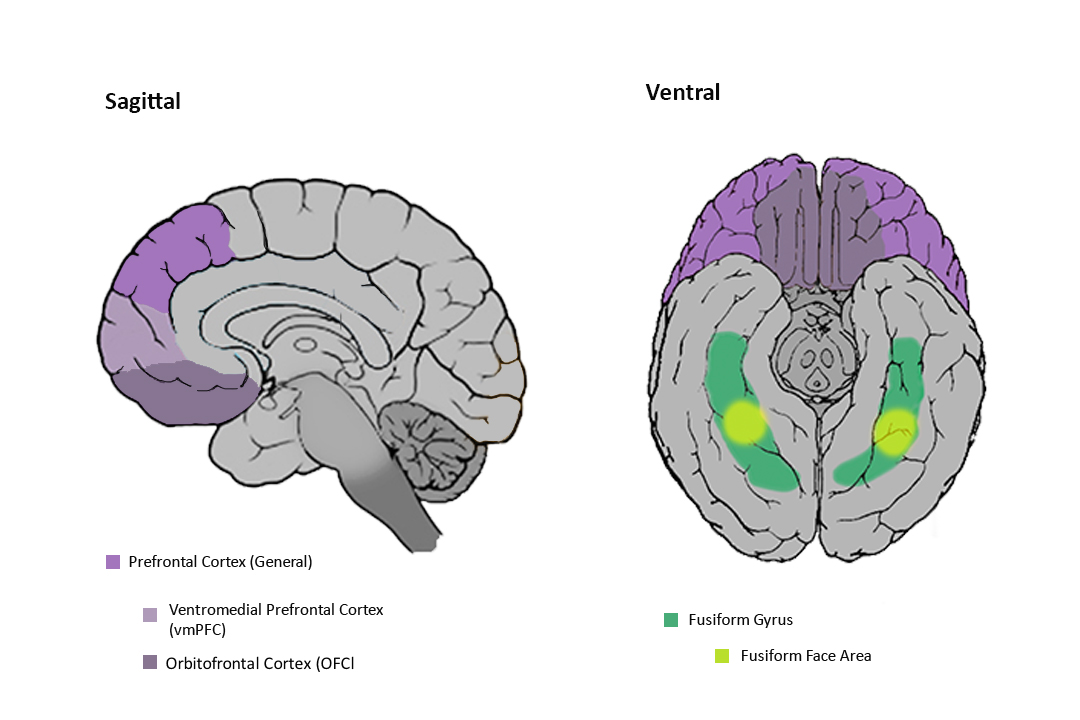
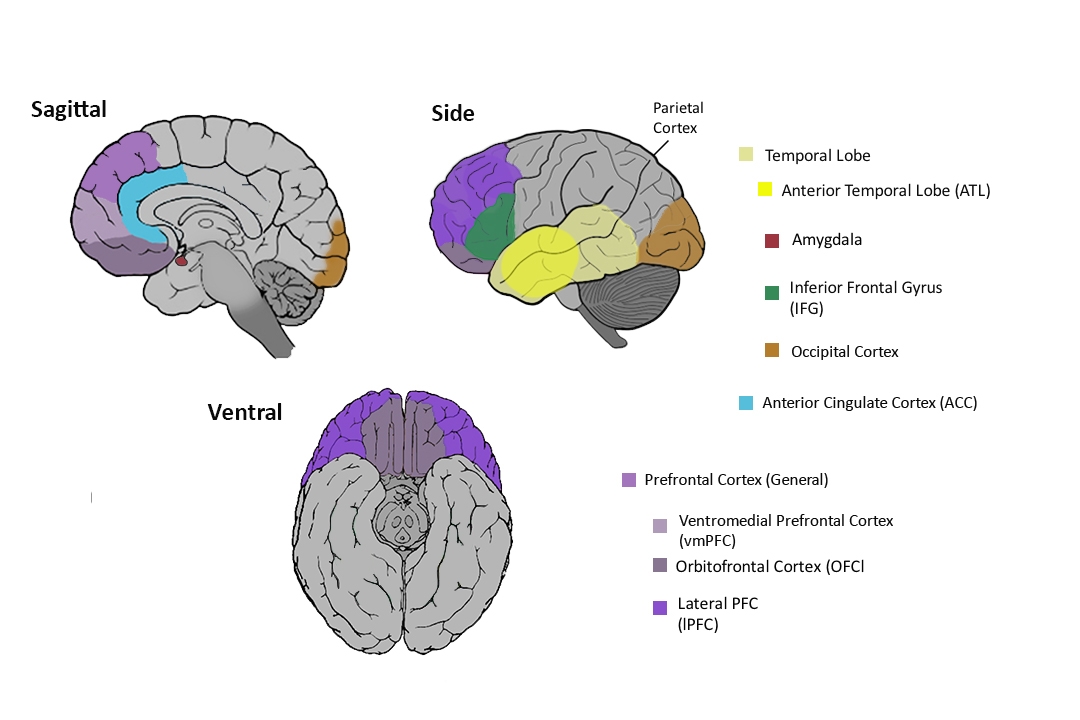
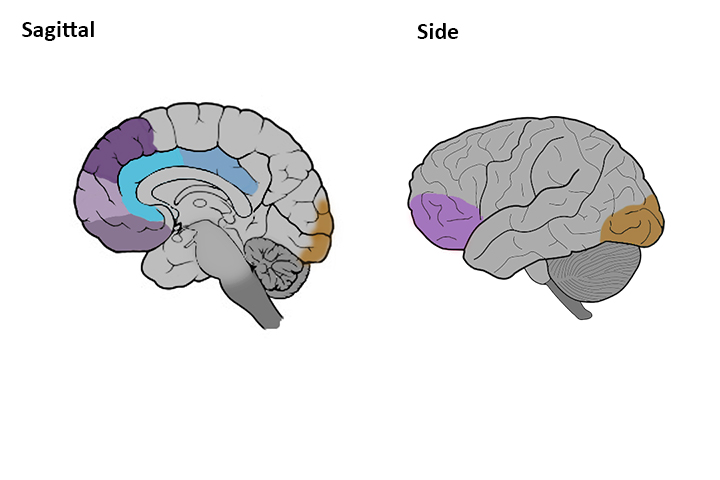
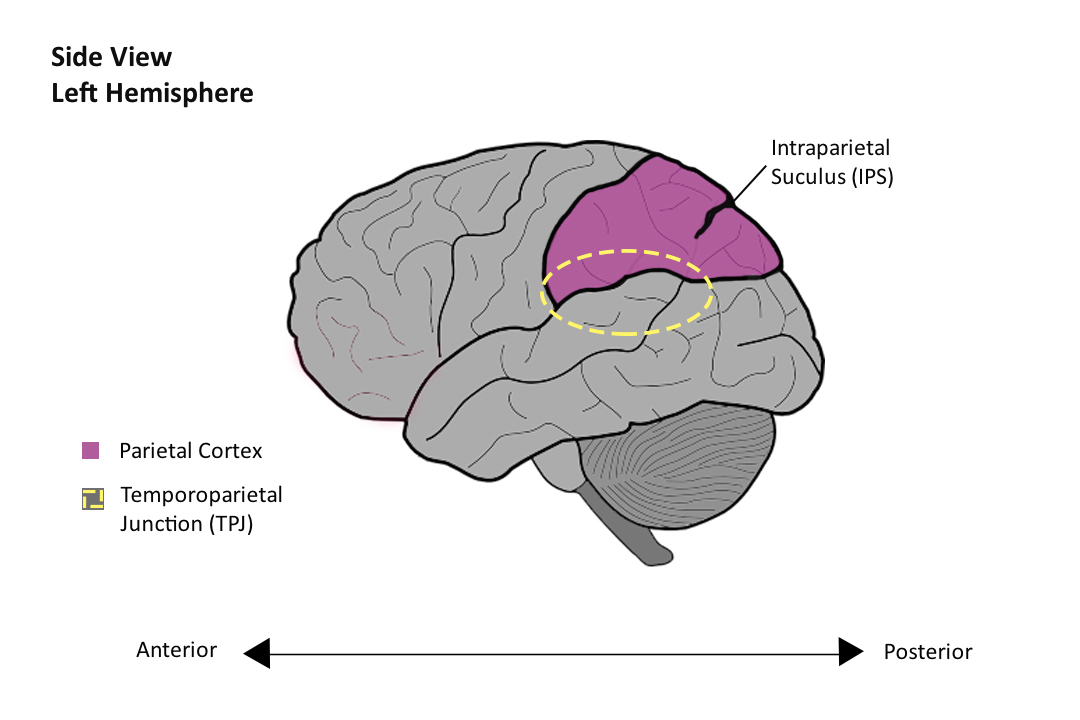
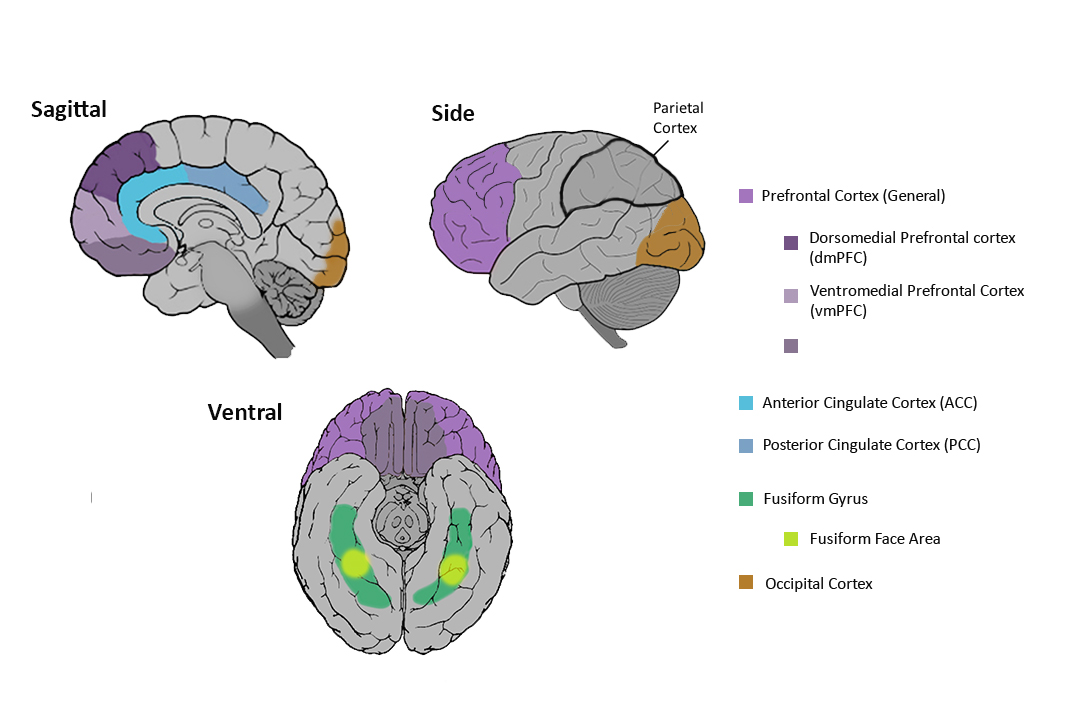
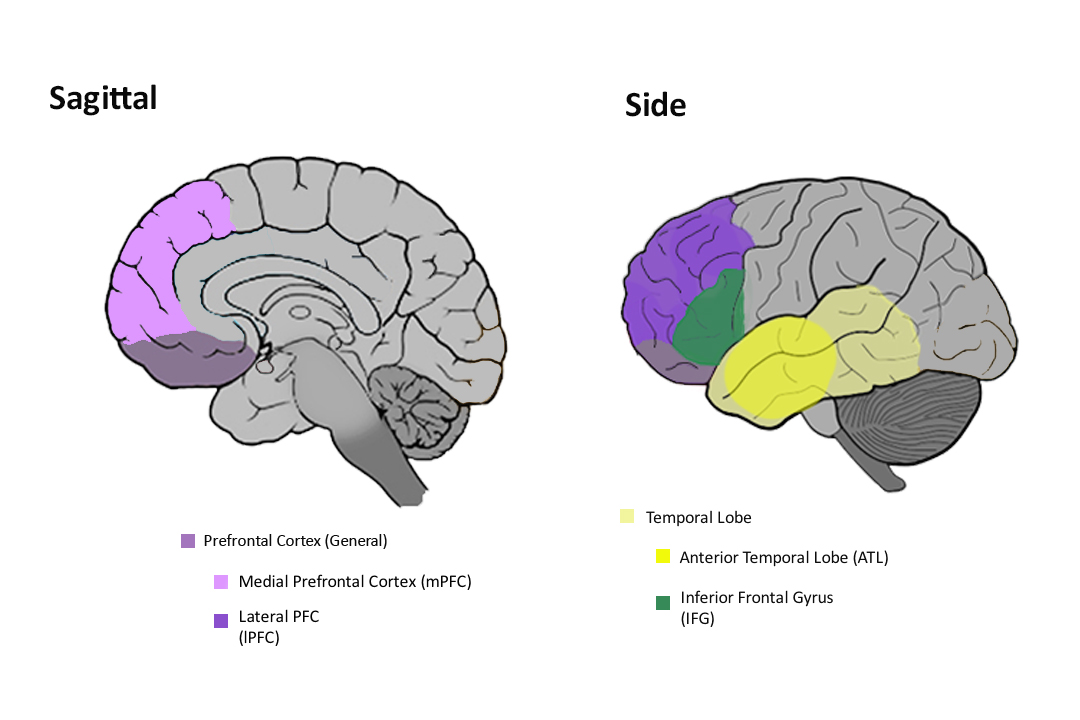
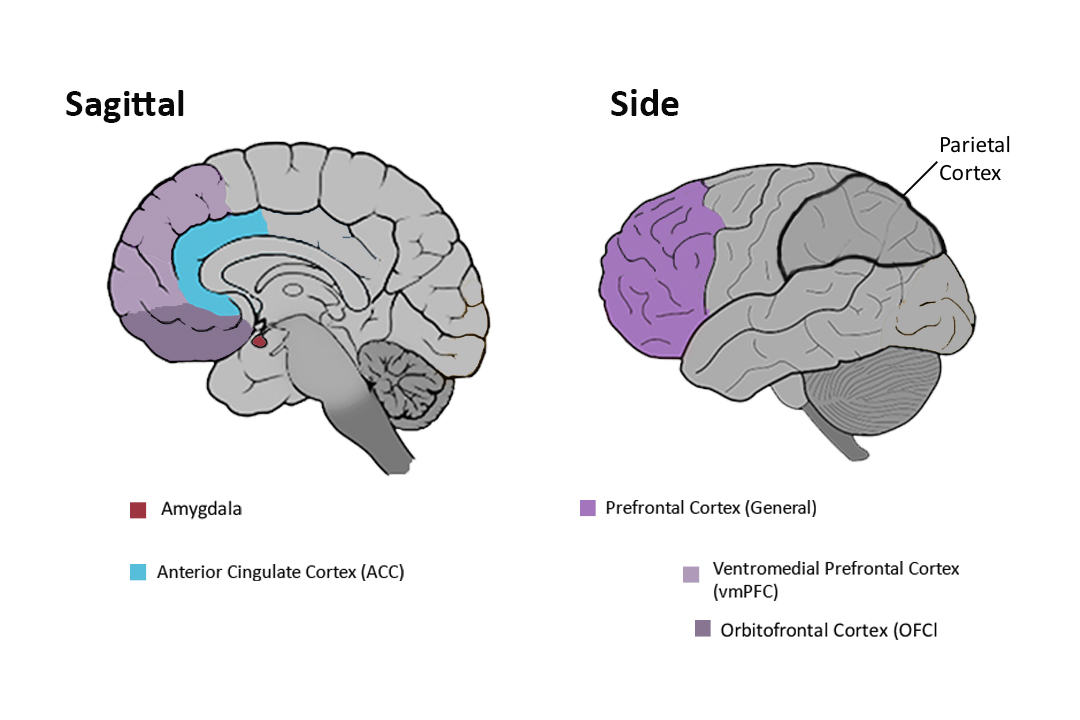
Final Product
I completed a full, twice-edited draft of my work containing:
- an introduction to terms and relevant contextual information from it’s given field
- an overview of neuro-cognitive processes that occurr when one encounters an Other
- original color-coded anatomical diagrams to guide the reader
- original proposal for the use of sensory branding methodologies for increasingly prosocial outcomes from human interpersonal interactions
Presented and successfully defended dissertation Dr. Jane Couperous - Co-chair, Dr. Joanna Morris - Co-chair, and Dr. Rachel Steele - Member.





